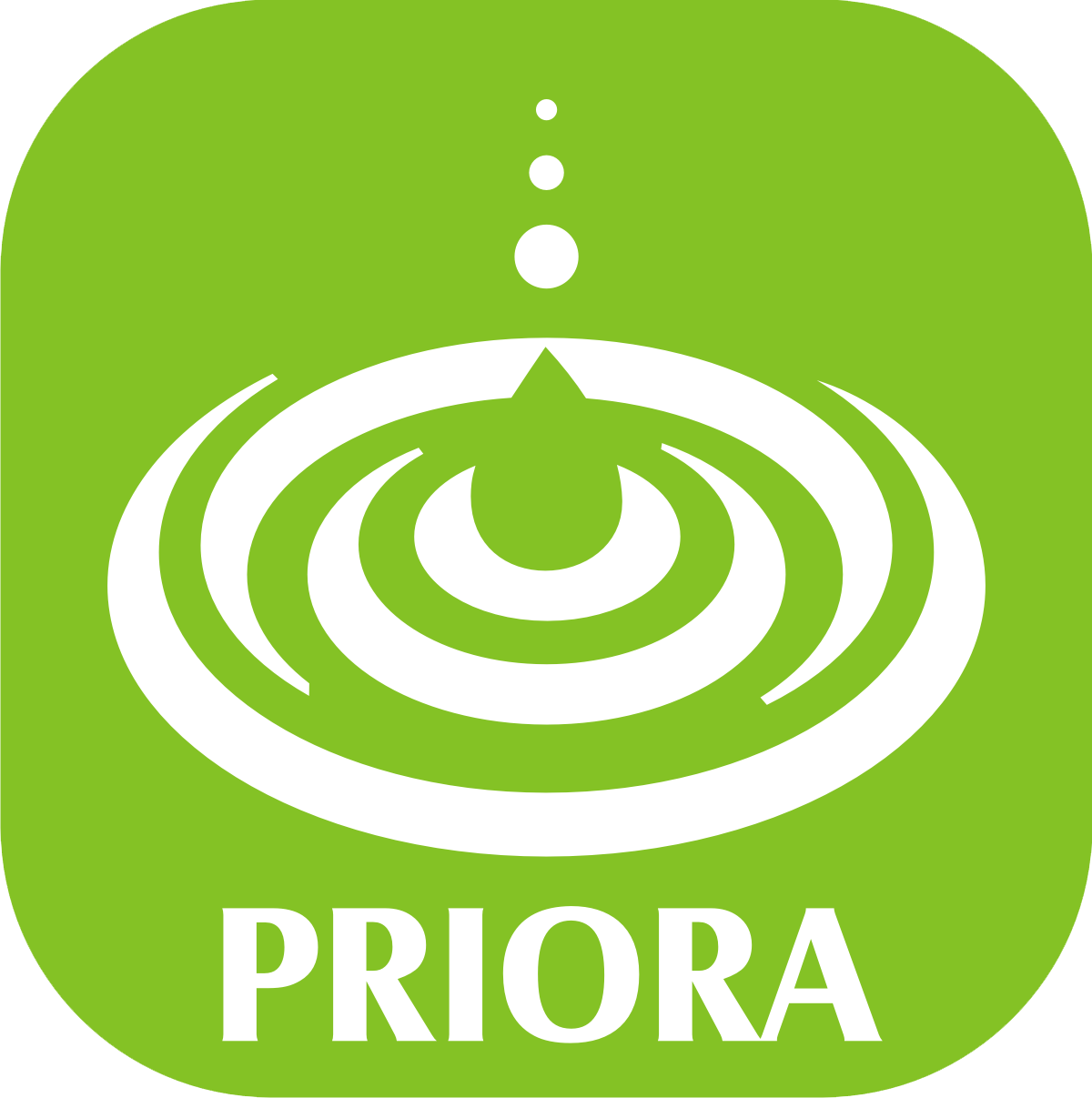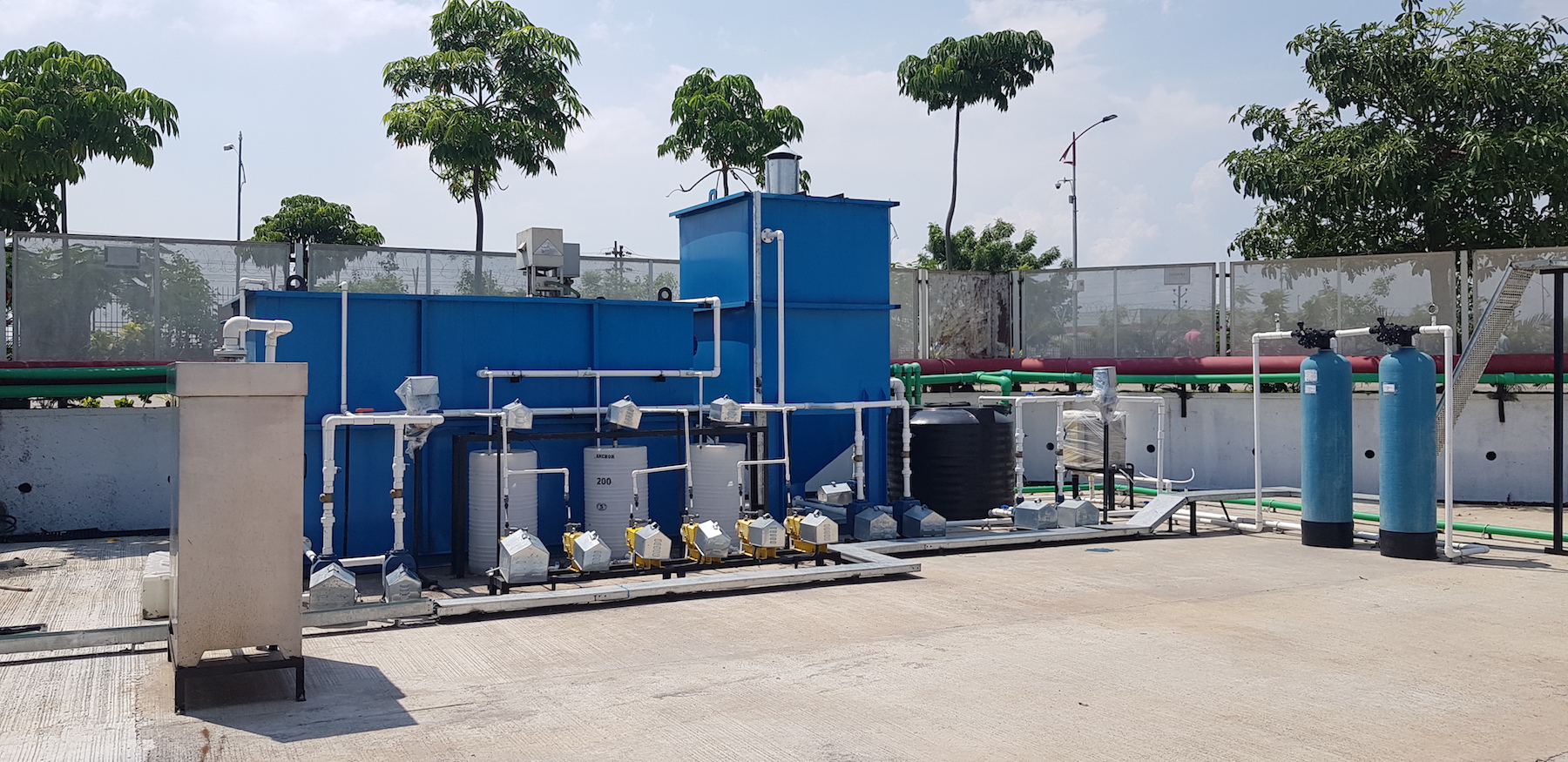Every industry has its own wastewater treatment needs. Priora offers, customised & robust solutions to treat a specific type of effluent from different industries.
An effluent treatment plant (ETP) is a facility designed to treat and purify the effluent or wastewater generated by industrial processes before it is released into the environment. The primary purpose of an ETP is to remove pollutants, contaminants, and harmful substances from industrial wastewater to prevent their release into water bodies and minimize the environmental impact.
The treatment process typically involves physical, chemical, and biological processes that are tailored to the specific contaminants present in the effluent. This can include processes such as sedimentation, filtration, chemical precipitation, biological degradation, and disinfection. The treated effluent is then discharged in compliance with regulatory standards or reused for non-potable purposes, such as irrigation or industrial processes.
Effluent treatment plants are essential for industries to ensure their wastewater management practices are environmentally responsible and in line with environmental regulations, promoting sustainable industrial operations and protecting ecosystems and public health.
Following are some common principles of ETP plants:
- Physical Treatment Plants: These plants primarily use physical processes such as sedimentation, , and filtration to remove suspended solids, oil, grease, and other suspended impurities from the wastewater.
- Chemical Treatment Plants: Chemical treatment plants utilize chemical processes to neutralize acidic or alkaline wastewater, remove heavy metals through coagulation, flocculation & precipitation or chemical reactions, and eliminate toxic substances through chemical oxidation or reduction.
- Biological Treatment Plants: Biological treatment plants employ biological processes that utilize microorganisms to break down organic matter and pollutants present in the wastewater. This can be achieved through methods like aerobic and anaerobic digestion.
- Membrane Filtration Plants: Membrane filtration plants incorporate technologies like reverse osmosis (RO), nanofiltration (NF), or ultrafiltration (UF) membranes to remove dissolved solids, salts, and contaminants at a molecular level, providing high-quality treated effluent for reuse or discharge.
- Zero Liquid Discharge (ZLD) Plants: ZLD plants aim to achieve complete elimination of liquid discharge by utilizing a combination of treatment processes such as evaporation, crystallization, and solid-liquid separation. These plants recover water and produce solid waste or concentrate from the effluent.
- Combined Physico-Chemical-Biological (PCB) Plants: PCB plants combine physical, chemical, and biological treatment processes to address a wide range of contaminants and achieve comprehensive effluent treatment. These plants are often employed when the industrial wastewater contains multiple types of pollutants that require diverse treatment approaches.
The specific type of ETP plant required for a particular industry depends on the nature of the wastewater, the contaminants present, the desired level of treatment, and regulatory compliance requirements. Industries may also employ customized or hybrid ETP systems based on their specific needs and wastewater characteristics.


